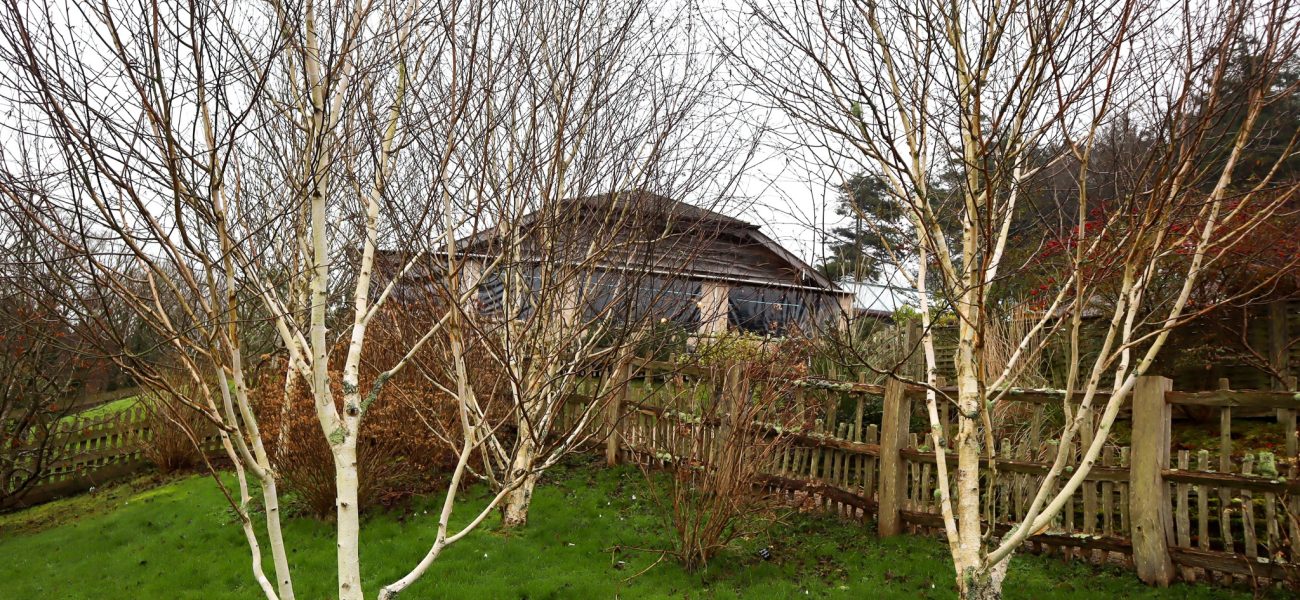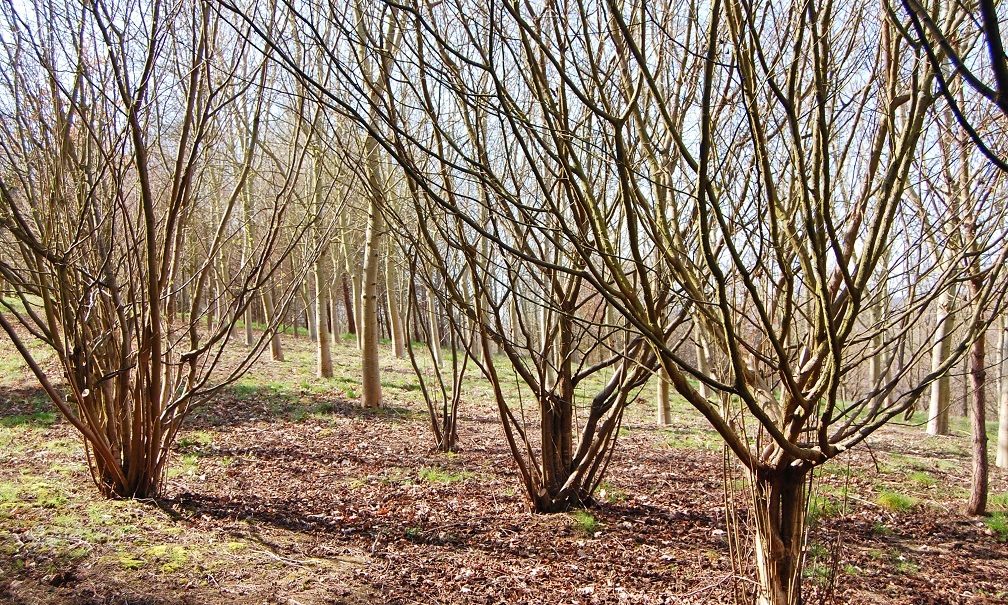
Notes from the Nursery Gardens - January/February 2024
Winter pruning...
One of the jobs I most enjoy as a gardener is winter pruning. Cold days spent working on the apple trees in the orchard, tackling roses with numb hands that don’t feel the thorns, untangling wisteria, picking through Hydrangeas. All very satisfying, enjoyable and with a purpose. The main reasons to prune are to maintain the plants health and vigour, increase flowering and yield of fruit and to maintain the desired size and shape. With most trees and shrubs dormant and with the leaves off we can assess what needs to be pruned.
The when, why and how of pruning can seem daunting when applied to the variety of plants that we grow in our gardens. There are a few ‘rules of thumb’ and plenty of good reference books to guide us, but the biggest mistake most people make is to not prune at all.
Regenerative and formative pruning are the most important tasks to carry out. We may lose flower and fruit, depending on the plant pruned, but any loss will be worth it in the long-term health, vigour, shape and performance of the plant. If a plant has become too congested and lacking vigour, pruning out older stems to just above ground level will produce healthy new growth. This can be staged over a couple of years for older plants to reduce the risk of the plant giving up all together.
Coppicing would be classed as regenerative pruning. Cutting all the plants stems to just above ground level, trees and shrubs managed this way produce fresh new growth in the spring. In the case of dogwoods and willow the ornamental value of the coloured stems is enhanced. Plants such as Catalpa and Paulownia grow back with multiple stems with larger leaves than if left to grow to their tree form. But there are many trees and shrubs that can benefit from this type of pruning.
Another reason to utilise both regenerative and formative pruning is to produce multi stemmed trees and shrubs. Regenerative pruning, to create several stems and trunks, and then formative pruning to raise the canopy and remove some of the lower branches to create a very natural looking plant. The canopy can also be pruned to keep it within bounds. Where space is limited or the desire to create vistas through planting, this approach has great merit within the garden. Birch, Hazel, Field Maple, Hawthorn and ornamental cherries are a few examples of trees that can be treated this way. Established shrubs can also be much improved by raising the canopy and selectively pruning the lower stems and branches. Evergreen shrubs such as Osmanthus, Olearia, Photinia, Arbutus and Prunus luscitanica lend themselves to this treatment and have a completely different effect on a garden than when left as a solid mass. The look of deciduous plants like Amelanchier, Parrotia and Heptacodium miconioides can be improved by raising the canopy, creating views through the plant and creating space to plant underneath. Many trees and shrubs have attractive trunks and stems so multi-stemming improves that aesthetic value. They also tend to create more leaf mass in the canopy, exploiting another ornamental quality.
Pruning out dead, diseased or damaged branches can happen at any time of the year and as Christopher Lloyd said ‘it’s OK to do it when you think of it, have time to do it and have the tools to hand, than not do it at all.’




